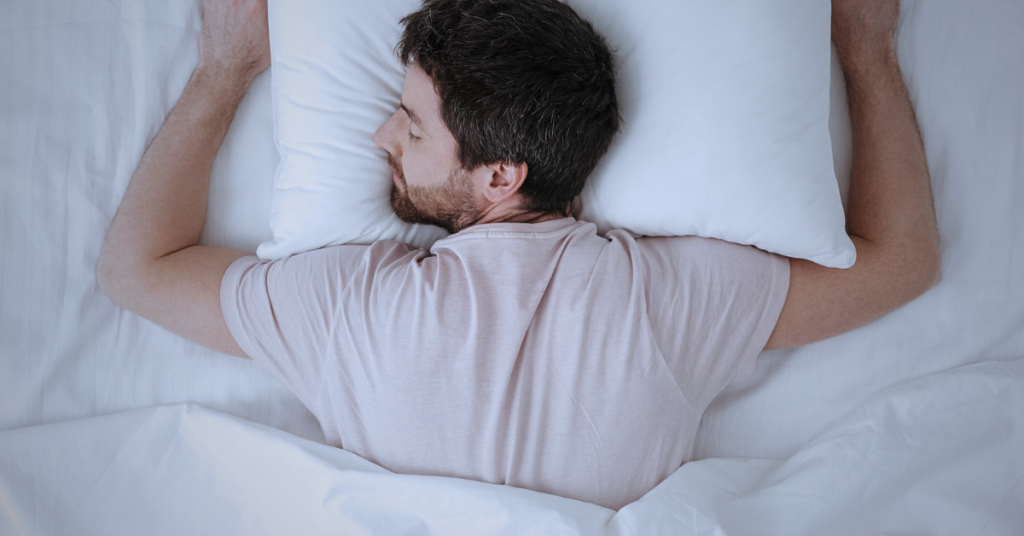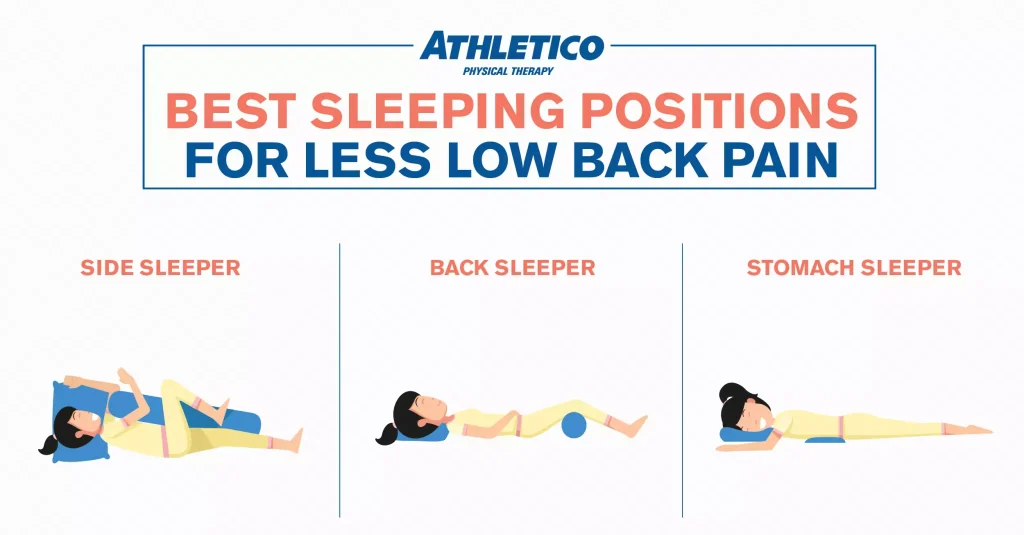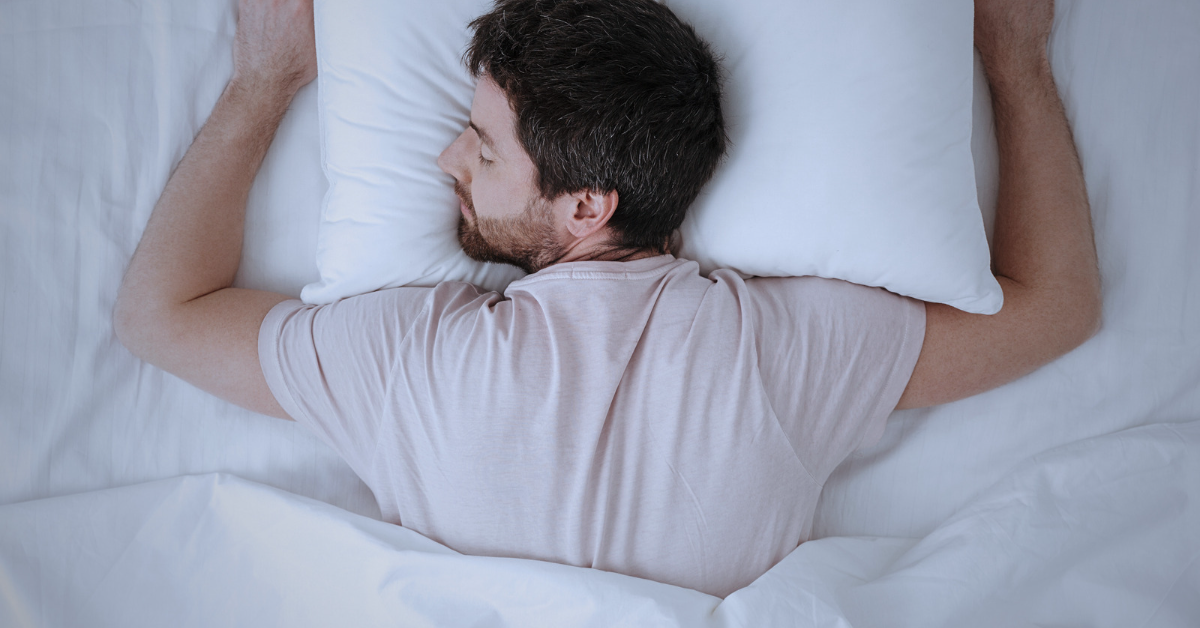
Introduction
Lower back pain is a common issue affecting millions of people worldwide. While factors like poor posture, lack of exercise, and prolonged sitting contribute to discomfort, your sleeping position can either relieve or worsen the problem. Many individuals wake up with stiffness or soreness, unaware that their sleeping posture plays a crucial role. In this article, we’ll explore the worst sleeping positions for lower back pain, why they cause issues, and how to adjust your posture for a pain-free night’s rest.
1. Sleeping on Your Stomach – The Worst Position
Among all sleeping positions, stomach sleeping is the most harmful for lower back pain. This position forces your spine into an unnatural arch, putting excessive strain on your back muscles and spinal discs. It also requires turning your head to one side for extended periods, leading to neck pain and spinal misalignment.
How to Fix It:
- Try switching to side sleeping with a pillow between your knees for support.
- If you can’t break the habit of stomach sleeping, place a thin pillow under your hips to reduce the spinal curve.
2. Sleeping in the Fetal Position – A Double-Edged Sword
While side sleeping is generally better than stomach sleeping, the fetal position (curled up with knees close to the chest) can be problematic. This posture over-flexes the spine, leading to stiffness and increased tension in the lower back.
How to Fix It:
- Keep your legs slightly bent instead of tucking them tightly.
- Use a firm pillow to keep your neck and spine aligned.
- Place a pillow between your knees to support hip alignment.
3. Sleeping Flat on Your Back – Without Proper Support
Although sleeping on your back is often recommended for spinal health, doing it incorrectly can worsen lower back pain. Lying completely flat without support beneath the lower back may cause an unnatural arch, increasing strain on the lumbar spine.
How to Fix It:
- Place a pillow under your knees to maintain the spine’s natural curve.
- Use a medium-firm mattress to provide adequate support.
- Ensure your pillow properly supports your head and neck to prevent spinal misalignment.
4. Sleeping in a Reclined Position – Not Always Ideal
Some people with lower back pain find relief sleeping in a reclined position, especially those with spinal conditions like spondylolisthesis. However, relying on a recliner or an adjustable bed can lead to weakened core muscles and poor spinal support over time.
How to Fix It:
- If a reclined position helps, use a pillow behind your lower back for additional support.
- Avoid sleeping in a fully upright position to prevent muscle stiffness.
The Best Sleeping Position for Lower Back Pain
Side Sleeping with a Pillow Between the Knees
This position keeps your spine properly aligned while reducing pressure on your lower back. Here’s how to do it correctly:
✅ Lie on your side with your shoulders and hips aligned.
✅ Place a firm pillow between your knees to prevent spinal twisting.
✅ Use a supportive pillow for your head to keep your neck in line with your spine.
This position minimizes stress on the lumbar spine and provides optimal back support during sleep.
Additional Tips for Reducing Lower Back Pain While Sleeping
✔️ Invest in a Supportive Mattress – A medium-firm mattress helps maintain spinal alignment.
✔️ Use the Right Pillow – Ensure your pillow supports your neck and keeps your spine straight.
✔️ Stretch Before Bed – Gentle lower back stretches can relieve tension and improve flexibility.
✔️ Maintain a Consistent Sleep Schedule – Quality sleep promotes muscle recovery and reduces pain sensitivity.
For more information on sleep health and back pain, check out Harvard Health Publishing.
Conclusion
Your sleeping position significantly impacts your lower back pain. While stomach sleeping and extreme fetal positions can worsen discomfort, switching to side sleeping with a pillow between your knees can greatly improve spinal alignment. By making simple adjustments and incorporating proper support, you can wake up feeling refreshed and pain-free.
🔹 Have you experienced back pain due to poor sleeping posture? Share your thoughts in the comments!Want to learn more:Best Stretches for Lower Back and Hip Pain: Expert-Approved Relief;Various Types of Joint Pain – The Fourth One Could Be Destroying Your Life!


